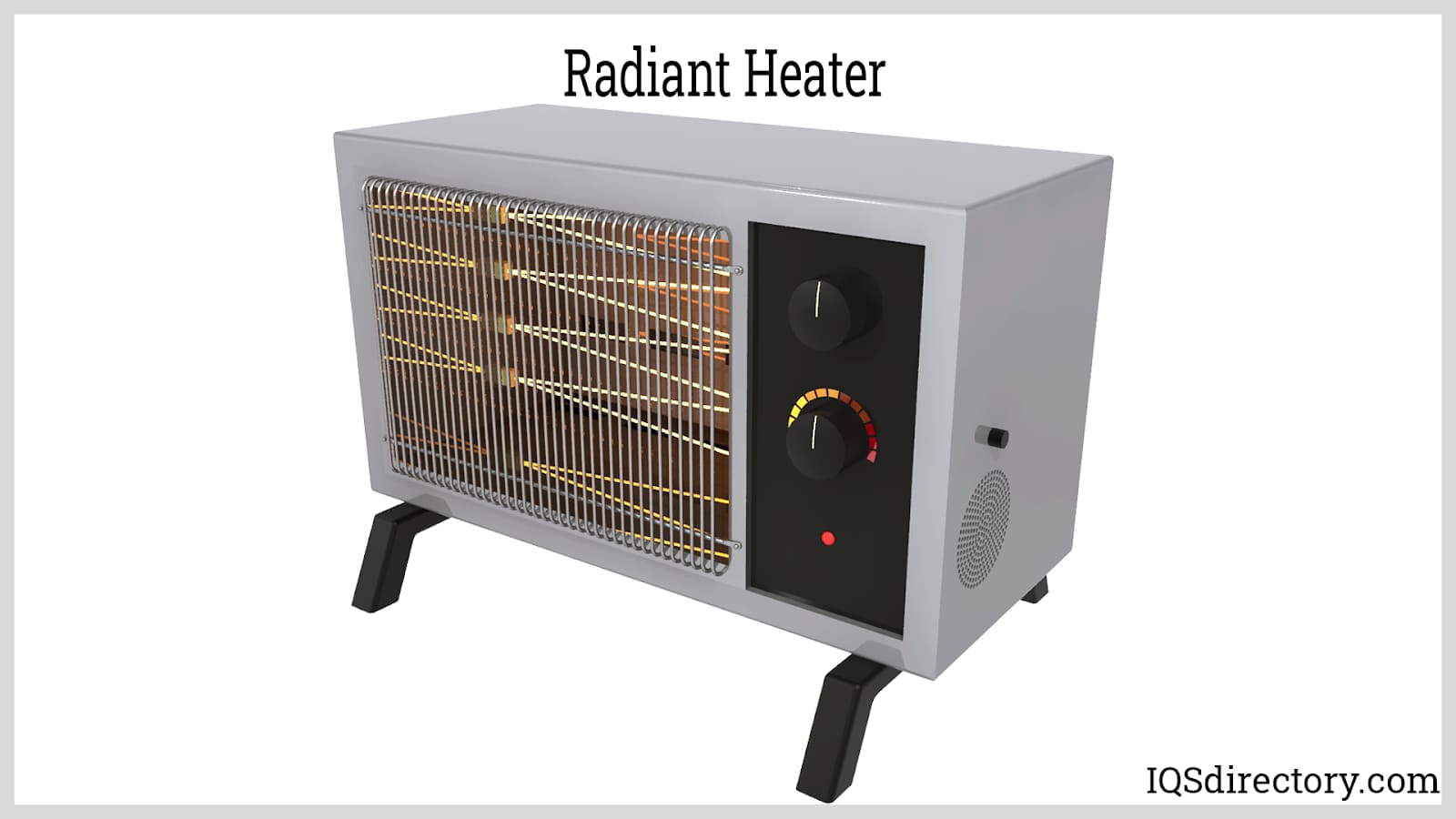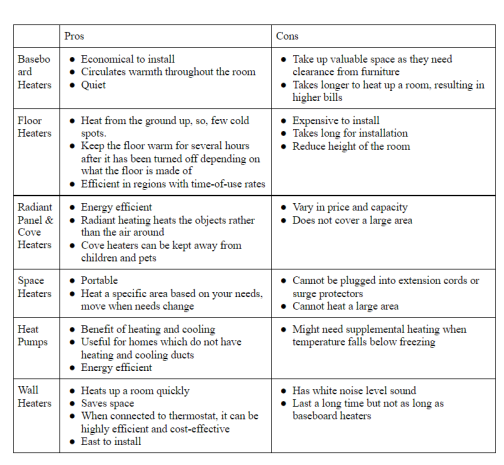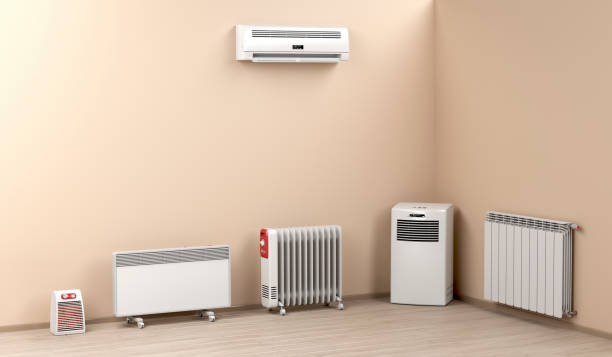Some Ideas on 1 Source Portable Air You Need To Know
Some Ideas on 1 Source Portable Air You Need To Know
Blog Article
1 Source Portable Air for Beginners
Table of ContentsThe Ultimate Guide To 1 Source Portable AirThe 1 Source Portable Air Ideas1 Source Portable Air for BeginnersThe Ultimate Guide To 1 Source Portable AirA Biased View of 1 Source Portable Air
Running costs are based on a power rate of 40c/kWh. The costs for 3 months' usage in winter are based on 500 hours utilize, or roughly 6 hours per day for 3 months. Maximum warm outcome is based on the optimum power level of the models we've tested (we concentrate on higher electrical power heaters).
This relies on what expense you're taking a look at upfront acquisition, or running expense? Customarily, there are trade-offs with either selection. On standard, tiny fan heaters are cheaper to get, but can have greater running costs. Oil column heating units will be the cheapest on the marketplace to run (usually) yet only by a slim margin in advance of convection heating units (like panel and micathermic panels).
7 Simple Techniques For 1 Source Portable Air
If you have a relatively easy to fix ceiling follower, it'll aid spread the warmth around the space extra uniformly. A number of costly heating units have actually failed to excite our testers, while some less costly designs make for remarkably good buys.
As the name suggests, they emit warm from a heated heating aspect (so the household will need to take turns being in front of it). There are flooring and wall-mounted designs readily available. Radiant heating systems are reasonably inexpensive. They have a cosy radiance and personal warming effect, like being in front of a fire.
The fairly exposed heating element can be a fire and security danger. As an example, a piece of clothes dropped over it might fire up, or little kids messing around a flooring model may melt themselves, so be cautious. Glowing heaters normally set you back between $20 and $200. Oil-filled column heaters don't actually burn oil they utilize power to heat the oil that's sealed inside their columns or 'fins'.
Everything about 1 Source Portable Air
Some column heating units aren't even oil-filled however instead use various other product or home heating technology to function similarly - 1 Source Portable Air. The risk of fire with an oil column heater Read Full Report is low compared to other heating unit kinds, but never absolutely no. Oil heating units do not have actually exposed aspects like radiant heating units do, and their surface temperature is less than lots of various other heating system kinds (their big surface offsets it)
Oil column heaters will not take off, and while they do not shed their oil to produce warmth, it's still combustible, so there is a fire risk if the oil leaks, if the heater topple and leakages, or if combustible things or textile enter into get in touch with or drop on the heating unit. You should exercise the very same level of caution with oil heaters as for various other heating system kinds, and never hang towels or clothes over one to dry them use a drying out shelf rather, at the very least one metre away.
Column heating units are particularly helpful in rooms where they'll be changed on for long periods of time or where they'll operate ignored, such as over night in a bed room. The surface areas you're most likely to discuss a column heating system don't get as warm as other kinds of electrical heaters. You can make use of a ceiling fan on really reduced speed to aid the column heater to distribute the warmth faster and more equally.
If there's very little air motion (for instance, if you're sitting analysis or watching television), the heat may not be dispersed evenly. Oil-filled column heating systems usually set you back between $50 and $450. Convection and panel heating systems attract chilly air over an electrical heating aspect. The warmed up air after that leaves the heating unit and increases towards the ceiling, while cooler air have a peek at this site relocations in to change it.
1 Source Portable Air - Truths

Convection and panel heaters are much more portable than their oil-filled column heating system counterparts since they're substantially lighter. They'll heat the air in an area equally and swiftly. Like a column heating system, you can use a ceiling fan on very reduced rate to disperse the warm faster and much more evenly. Some models, particularly panel heating systems, are comparatively pricey to acquire.

An Unbiased View of 1 Source Portable Air
Follower heating units are commonly smaller sized and much more portable than various other electrical heating units. They also are available in the form of tower fan heating units, which can be better for distributing warm around bigger rooms due to their taller account. They can warm the air in a space much more quickly, uniformly and quickly than a few other heating unit types.
Fan heaters (ceramic or otherwise) typically expense in between $60 and $900. Ceramic follower heating systems aren't always any kind of various in price to non-ceramic models.
Report this page